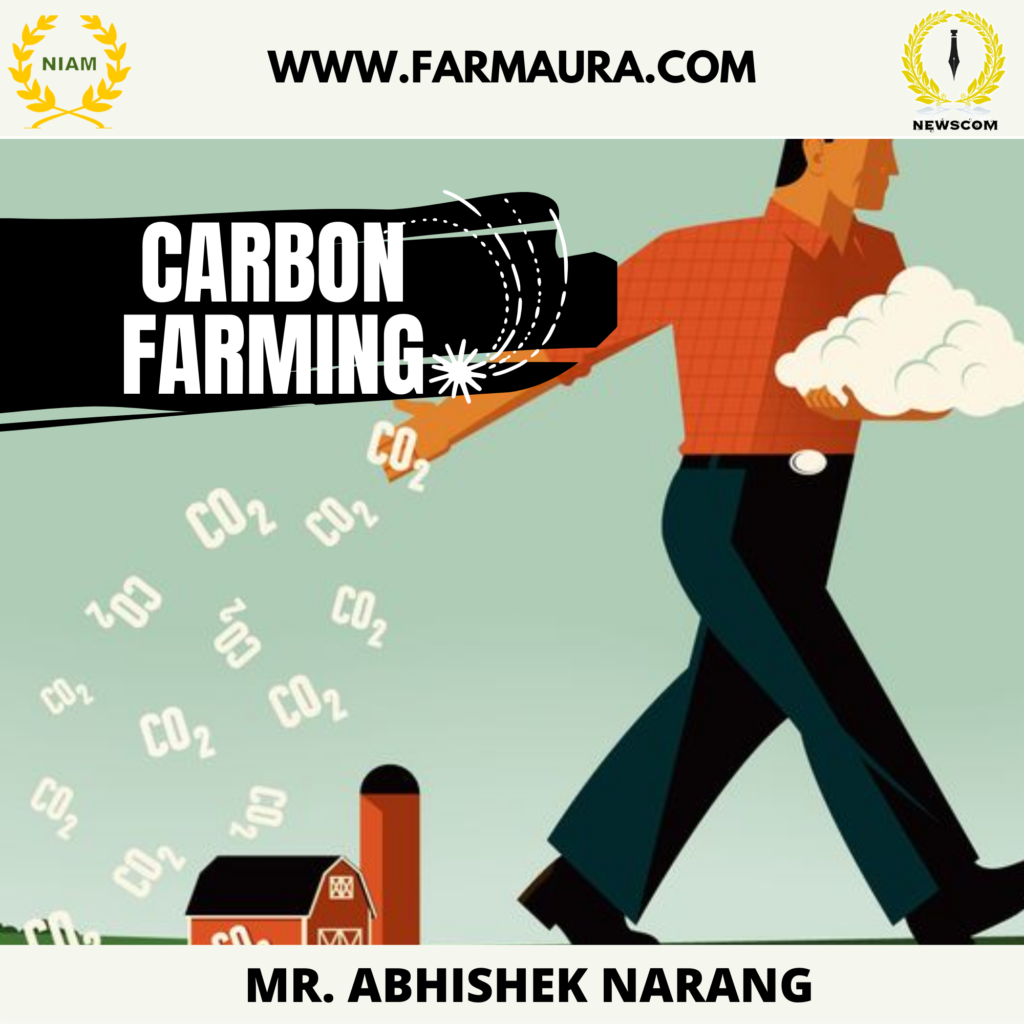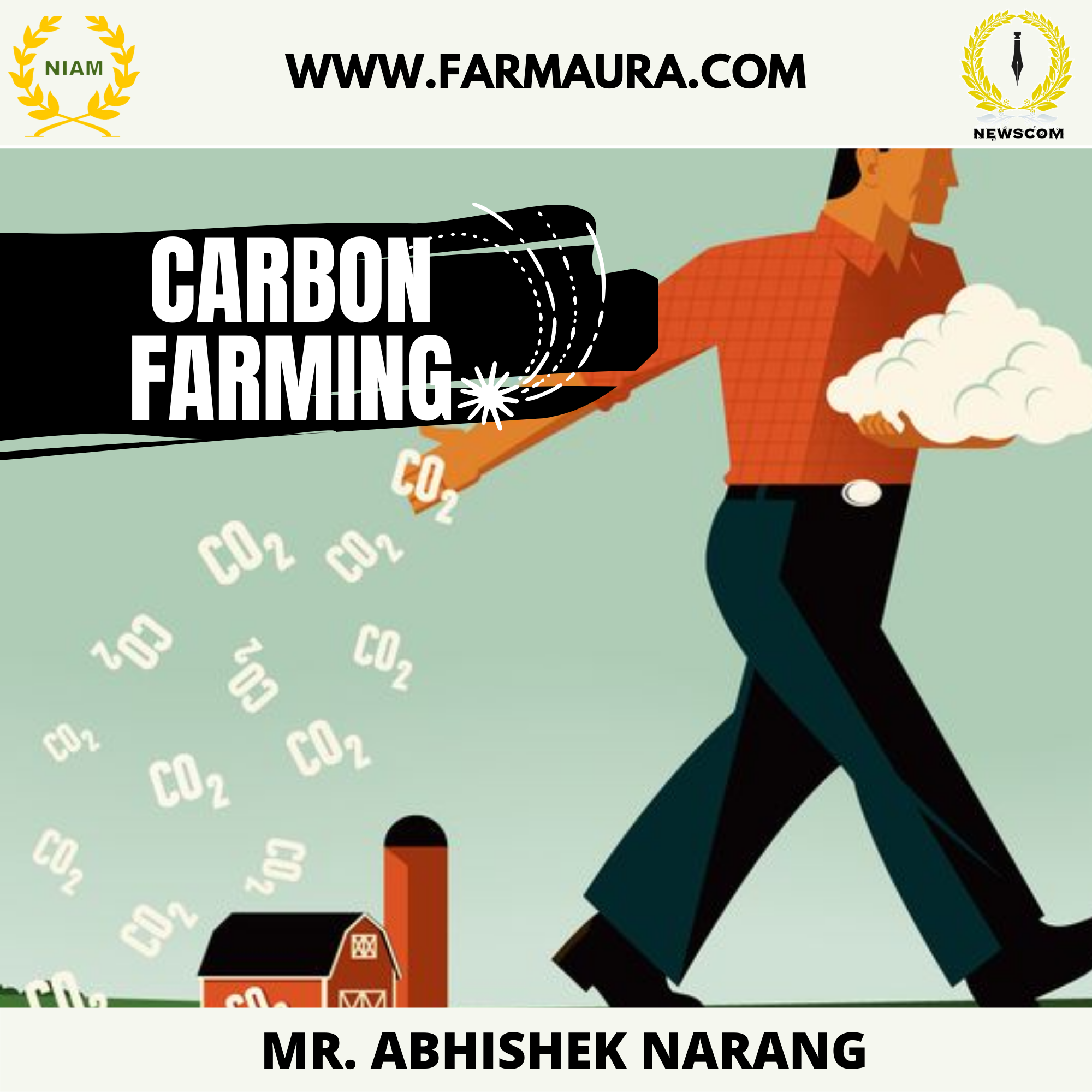
Agriculture’s response to climate change is carbon farming (also known as carbon sequestration). In simple words, the idea is to remove excess carbon from the sky, where it contributes to global warming, and store it in the soil, where it supports plant development, intending to achieve the net-zero by 2070. When plants degrade, they provide organic matter to the soil, and photosynthesis removes carbon dioxide from the air and pumps it through the roots of plants and into the soil. Farmers should think of carbon as fertilizer since it is the fuel that keeps the system running smoothly. India is third in the world in carbon emissions, accounting for 2.46 billion metric tonnes, or 6.8% of the worldwide emissions. However, India’s per capita carbon emissions are still low, at 1.84 tonnes v/s 16.21 tonnes in the United States.
Forest Management is the way towards carbon farming as healthy forests absorb and store CO2 emitted by other sources. Avoiding deforestation, permanent land conservation, reforestation and replanting initiatives, and improved forest management can all be used to generate carbon offsets.
Secondly, Grassland conservation entails preserving native plant life through long-term land conservation rather than conserving grasslands for commercial development or intensive agriculture.
Thirdly, Mixed farming is a climate-friendly agriculture approach that combines animals and crops. Grazing grasses recover from grazing by rotating cows among pastures, and the animals’ excrement and grazing impacts renew carbon in soils.
Cover crops cultivated to cover the soil rather than harvesting are another way forward. They are sown after the harvesting of the main crop. They return more carbon to the soil and keep soil bacteria alive, which are essential for carbon storage and reduce soil tillage because it enhances carbon mineralization, which leads to increased CO2 emissions from the soil.
The importance of carbon farming can be seen by its multifaceted benefits. Increasing Soil Organic Carbon (SOC) through various approaches can increase soil health, agricultural production, food security, water quality and minimize the need for chemicals while improving other planetary boundaries in jeopardies such as freshwater, biodiversity, land use, and nitrogen utilization. It also aids in the development of drought-resilient soil and naturally boosts agricultural production. As there is currently no targeted policy tool to significantly incentivize the increase and protection of carbon sinks, the implementation strategy would include uplifting the agriculture and forestry sectors. It is necessary to create direct incentives for the adoption of climate-friendly practices.
The initiative’s goal is to show that agriculture, specifically agricultural soils, can play a vital role in food security and climate change. Increasing soil carbon has a number of side effects, including purchasing time until other technologies can assist the world in transitioning to a zero-carbon lifestyle.




